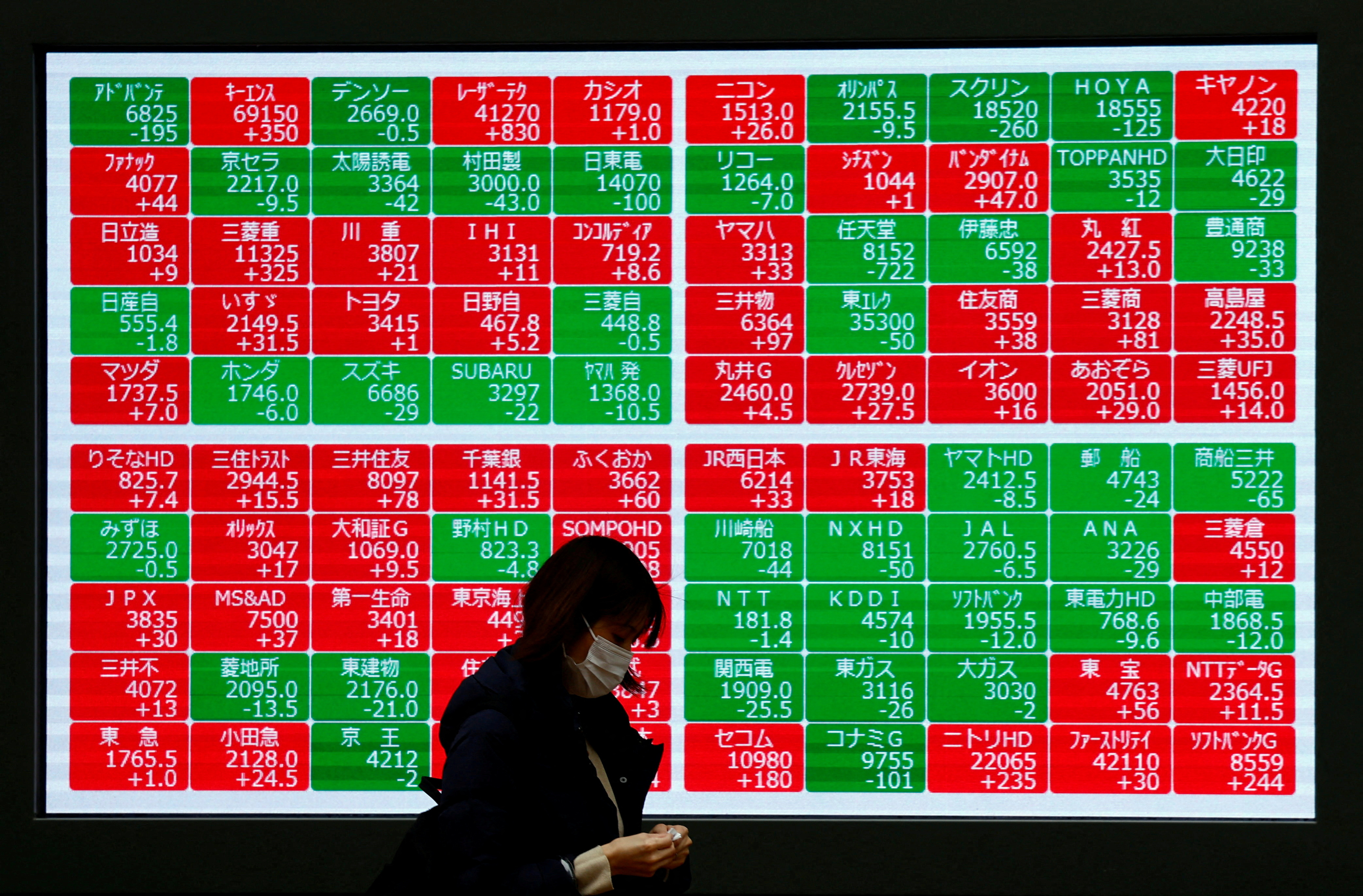
Sports Commentator Stephen A. Smith Emphasizes Meritocracy and Equality of Opportunity
Stephen A. Smith, an ESPN commentator known for his hot takes on sports and politics, recently discussed the concept of equality of outcome versus equality of opportunity during an appearance on the PBD Podcast hosted by Patrick Bet-David.
Equality of Outcome versus Equality of Opportunity
- Smith argued that many Americans, including those in politics, have a misguided expectation of equality of outcome, rather than recognizing the importance of equality of opportunity.
- He emphasized that individuals who produce more ultimately achieve greater success than those who do not.
- Smith expressed his belief that opportunities should be equal, but the outcomes individuals receive should be based on their level of production.
The Sustainable Development Goals (SDGs)
- Smith’s comments align with the Sustainable Development Goals (SDGs) set by the United Nations.
- The SDGs aim to promote equality, reduce inequalities, and ensure access to equal opportunities for all individuals.
- By emphasizing the importance of meritocracy and equal opportunities, Smith’s perspective aligns with SDG 10: Reduced Inequalities and SDG 8: Decent Work and Economic Growth.
Personal Experience and Meritocracy
Smith shared his personal experience and upbringing to support his argument for meritocracy:
- He grew up in Hollis, Queens, New York City, and his mother relied on welfare for a period of time.
- Smith’s mother was determined to improve their situation and worked hard to provide him with the opportunity to succeed.
- He emphasized that in a capitalistic society, individuals who produce more are often rewarded with greater success.
Conclusion
Smith concluded by reiterating his belief that equality of outcome is unrealistic and that individuals who produce more will ultimately achieve greater success.
His perspective aligns with the Sustainable Development Goals, which emphasize the importance of equal opportunities and reducing inequalities.
By recognizing the value of meritocracy, society can work towards creating a more equitable and inclusive future.
SDGs, Targets, and Indicators Analysis
1. Which SDGs are addressed or connected to the issues highlighted in the article?
- SDG 1: No Poverty
- SDG 8: Decent Work and Economic Growth
- SDG 10: Reduced Inequalities
The issues highlighted in the article are connected to SDG 1, which aims to eradicate poverty, as it discusses the importance of opportunities and individual production for success. It is also connected to SDG 8, which focuses on promoting sustained, inclusive, and sustainable economic growth, full and productive employment, and decent work for all. Lastly, it is connected to SDG 10, which aims to reduce inequalities within and among countries.
2. What specific targets under those SDGs can be identified based on the article’s content?
- Target 1.1: By 2030, eradicate extreme poverty for all people everywhere.
- Target 8.5: By 2030, achieve full and productive employment and decent work for all women and men, including for young people and persons with disabilities, and equal pay for work of equal value.
- Target 10.4: Adopt policies, especially fiscal, wage, and social protection policies, and progressively achieve greater equality.
Based on the article’s content, the specific targets that can be identified are Target 1.1, which focuses on eradicating extreme poverty; Target 8.5, which aims to achieve full and productive employment and decent work for all; and Target 10.4, which emphasizes adopting policies to achieve greater equality.
3. Are there any indicators mentioned or implied in the article that can be used to measure progress towards the identified targets?
- Indicator 1.1.1: Proportion of the population living below the international poverty line, by sex, age, employment status, and geographical location.
- Indicator 8.5.1: Average hourly earnings of female and male employees, by occupation, age group, and persons with disabilities.
- Indicator 10.4.1: Income growth of the bottom 40% of the population at a rate higher than the national average.
The article does not explicitly mention any indicators, but based on the identified targets, the following indicators can be used to measure progress towards those targets: Indicator 1.1.1, which measures the proportion of the population living below the international poverty line; Indicator 8.5.1, which measures average hourly earnings by gender and other factors; and Indicator 10.4.1, which measures income growth of the bottom 40% of the population.
4. Table: SDGs, Targets, and Indicators
| SDGs | Targets | Indicators |
|---|---|---|
| SDG 1: No Poverty | Target 1.1: By 2030, eradicate extreme poverty for all people everywhere. | Indicator 1.1.1: Proportion of the population living below the international poverty line, by sex, age, employment status, and geographical location. |
| SDG 8: Decent Work and Economic Growth | Target 8.5: By 2030, achieve full and productive employment and decent work for all women and men, including for young people and persons with disabilities, and equal pay for work of equal value. | Indicator 8.5.1: Average hourly earnings of female and male employees, by occupation, age group, and persons with disabilities. |
| SDG 10: Reduced Inequalities | Target 10.4: Adopt policies, especially fiscal, wage, and social protection policies, and progressively achieve greater equality. | Indicator 10.4.1: Income growth of the bottom 40% of the population at a rate higher than the national average. |
Behold! This splendid article springs forth from the wellspring of knowledge, shaped by a wondrous proprietary AI technology that delved into a vast ocean of data, illuminating the path towards the Sustainable Development Goals. Remember that all rights are reserved by SDG Investors LLC, empowering us to champion progress together.
Source: foxnews.com

Join us, as fellow seekers of change, on a transformative journey at https://sdgtalks.ai/welcome, where you can become a member and actively contribute to shaping a brighter future.






